Book Review: JAWS: Memories from Martha’s Vineyard
Posted 8 years ago by Rob Lammle Books
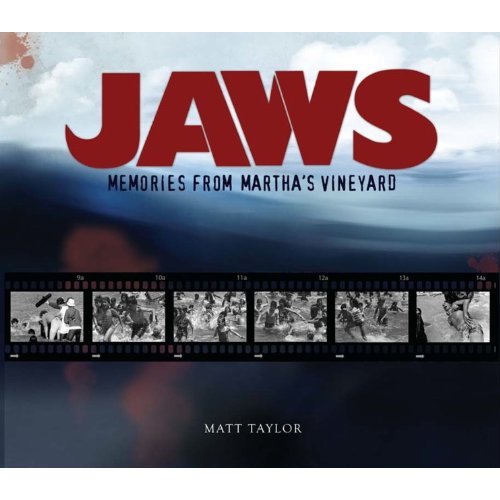
When a film shoots on location, it’s normal for the production to use people from the surrounding community as extras or maybe even as minor players. But when 27 year old filmmaker Steven Spielberg brought three mechanical sharks to Martha’s Vineyard to shoot an adaptation of the best-selling novel Jaws, the island was so remote that he had no choice but to use locals for many spots in the cast and crew. Because of this necessity, Jaws isn’t just a film about a killer shark, but is a snapshot of this small vacation destination in the 1970s. Similarly, Titan Books’ new release, Jaws: Memories from Martha’s Vineyard by Matt Taylor, is not only an extensive look behind the scenes of this seminal summer blockbuster, but also reveals for us the experience of the locals who gave the film such a colorful pallet of personalities.
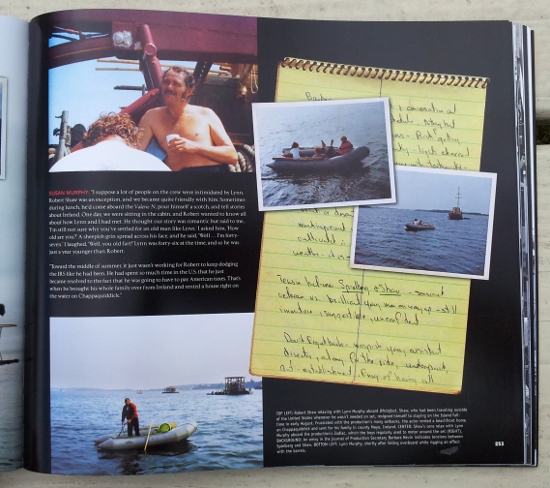
Even to a casual fan of movies, the setbacks that plagued the production of Jaws are legendary. The mechanical sharks didn’t work very well, shooting at sea presented a myriad of difficulties, and the film went wildly over budget both monetarily ($4 million was budgeted, but it ultimately cost $9 million) and in terms of shooting (55 days were scheduled, but 159 were needed). But even a well-studied Jaws expert will discover something new in this book, as every page is simply jam-packed with information, mostly coming from the professionals and Martha’s Vineyard amateurs that worked on the film.
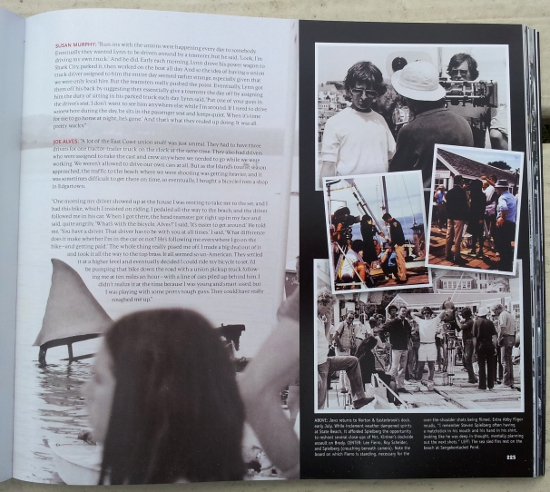
The book has been designed to mimic a scrapbook of the production, giving us the feeling of looking through shoeboxes of photos, files, diary entries, and newspaper clippings. In fact, many pieces of this memorabilia are clearly taken from the private collections of people from Martha’s Vineyard. To present this immense amount of information, no two pages look the same. Some layouts feature full-bleed photos, others have pictures neatly arranged within a grid, and some have photos scattered all over, overlapping at different angles. Still other pages show items like storyboards, handwritten notes from the production journal, screen-used props, newspaper clippings from the local and Hollywood press, production drawings of the special effects rigs, and much, much more. That doesn’t even include the hundreds of quotes from people who worked on the film, reminiscing about their time on the set. It is an insane amount of information to take in, so be prepared to look through this book for hours and be surprised at every turn of the page.
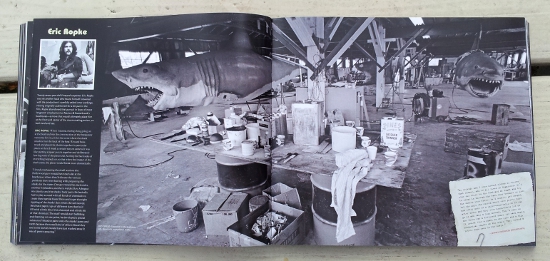
Perhaps the most interesting aspect of this book is that any of this information is available at all. It’s ironic that the film that ushered in the summer blockbuster, and so indirectly brought the age of “no spoilers” and tightly-closed sets, was extensively documented by both the studio and the crew. There are hundreds of photos here, showing not only the good days of shooting, but also plenty of bad. With studio spin in full effect today, there’s no way you’d ever see the cast and crew lying around while a mechanical shark is repaired, or pass the time playing softball with the locals because shooting was canceled for the day. Nor would you hear about how Robert Shaw was half-drunk all the time and only stayed on-set sporadically, retreating to Canada as quickly as possible to avoid being arrested for tax evasion. The book offers a glimpse into an age of Hollywood that wasn’t slick, that wasn’t perfect, and yet wasn’t willing to back down. Today, everything is so sanitized and presented as picture-perfect, that it’s no wonder modern films have rarely been able to top Jaws in terms of cultural impact or box office receipts.
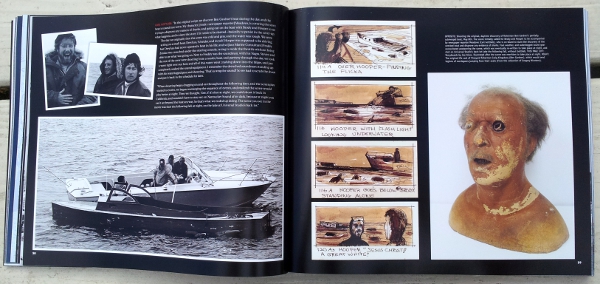
I realize this isn’t the most in-depth review I’ve ever written, but the sheer magnitude of information – presented in text and visuals – is simply overwhelming. The book is one of those things you just have to see to believe. It’s the kind of book fans of a film only ever dream of owning, so I really cannot recommend it enough. Not only is it factually informative, but it puts an unfiltered face to the film, that only the surly residents of 1970s Martha’s Vineyard could provide. The anecdotes of the townspeople pull no punches about their love-hate relationship with Jaws. In one breath they rail about how the production upended their lives, but in the next they call it a once-in-a-lifetime experience that they’ll cherish forever. For anyone reluctant to go in the water since seeing Jaws, this love-hate relationship with the film makes perfect sense.
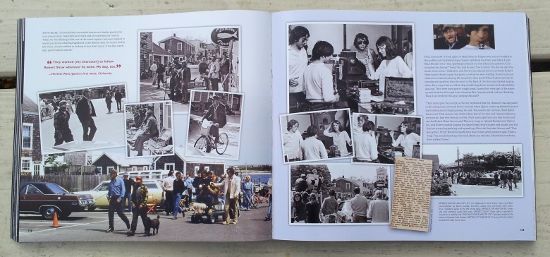
JAWS: Memories from Martha’s Vineyard is available at Amazon, Barnes & Noble, and other fine booksellers.
-
Tommy Day
-
Rob Lammle
-
-
Wesley Hampton